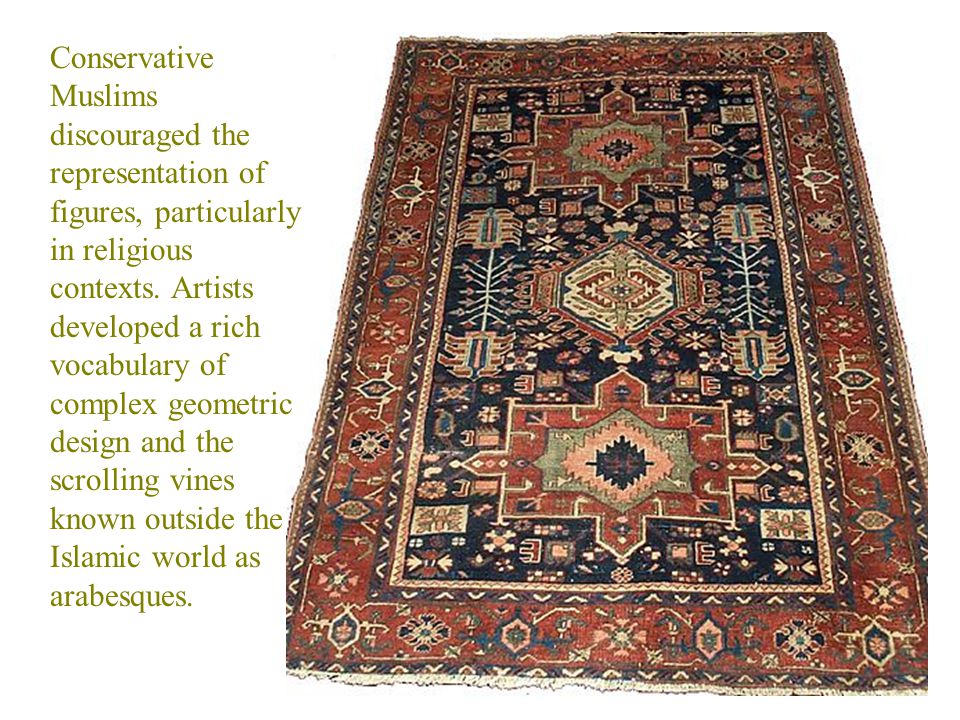Muslims Turining Carpets Into Art

David wade states that much of the art of islam whether in architecture ceramics textiles or books is the art of decoration which is to say of transformation 9 wade argues that the aim is to transfigure turning mosques into lightness and pattern while the decorated pages of a qur an can become windows onto the infinite.
Muslims turining carpets into art. In this period carpets were fabricated in greater quantity than ever before. They were traded to europe and the far east where too precious to be placed on the ground. Carpet weaving is an important activity in many islamic countries in northern africa central asia and the middle east and the carpets are sometimes also referred to by the most popular places of. Throughout history certain events left their mark on the development of the carpet industry and design.
The ardabil carpet 1539 40 ce silk warps and wefts with wool pile approx. By barbara gamarekian special to the new york times. 35 x 18 taj mahal agra india 1632 53 ce. Art is an important part of muslim culture.
Islamic art is difficult to characterize because it covers a wide range of lands periods and genres including islamic architecture islamic calligraphy islamic miniature islamic glass islamic pottery and textile arts such as carpets and embroidery. Portraiture is taboo to the culture and traditions. The spread of islam and the advent of islamic art and the islamic carpets is one of those events that contributed to the beautiful patterns and colors that we enjoy today. The so called decorative arts carpets ceramics metalwork and books are types of art that western scholars have traditionally valued less than painting and sculpture.
The best known example of this is the complex star pattern which is an 8 sided star found in every region of the islamic world. Patterns might be incised into walls formed from mosaics or built out of latticework. Islamic art and islamic carpets in history. Great mosque of djenné djenné mali 13 th century ce rebuilt 1907.
Second the art forms and objects prized in the islamic world do not correspond to those traditionally valued by art historians and collectors in the western world. 9 carpets offer a trip through islam art. All muslims are expected to make this trip at least. Under the ottoman safavid and mughal dynasties carpet weaving was transformed from a minor craft based on patterns passed down from generation to generation into a statewide industry with patterns created in court workshops.
The abstract decorative and floral designs are unique to islamic art and architecture. This muslim pilgrimage to mecca takes place in the last month of the year. The textile museum s collection of 12 000 textiles and 1 400 carpets is housed in two turn of the. It comprises both religious and secular art forms.


















